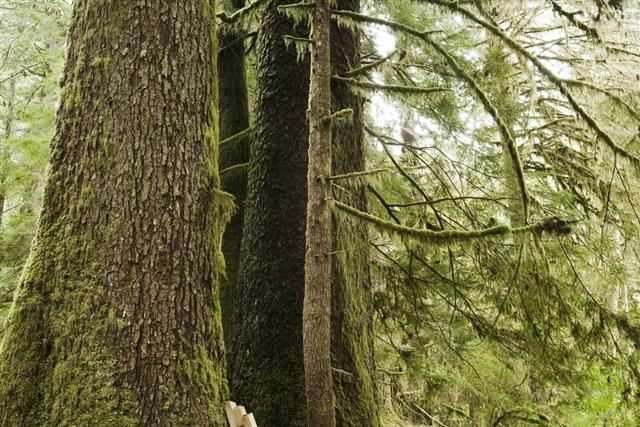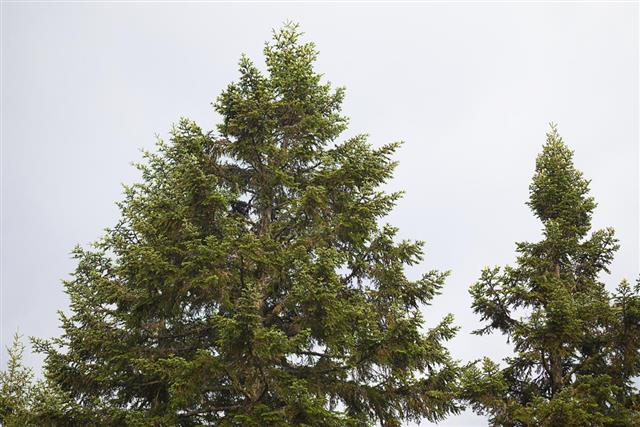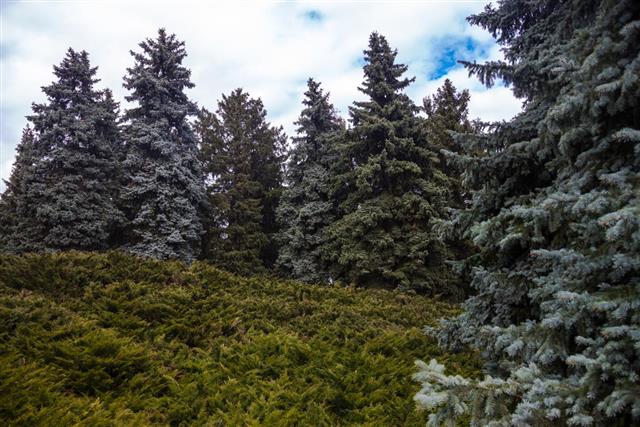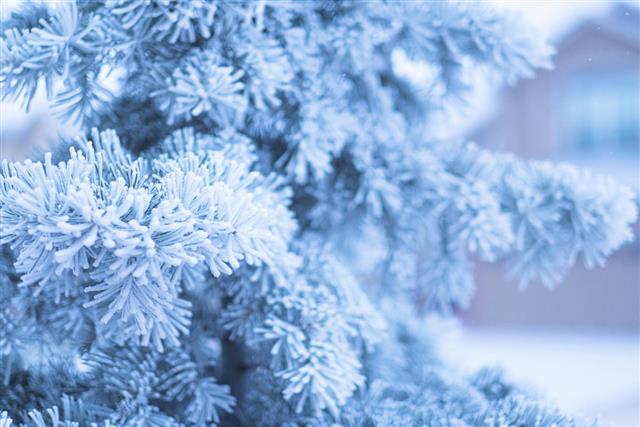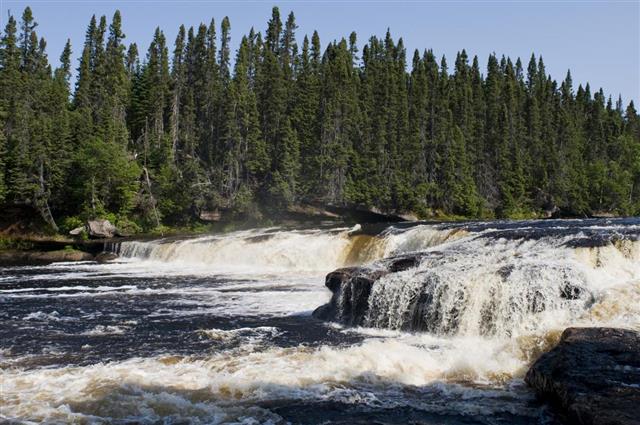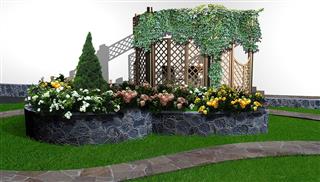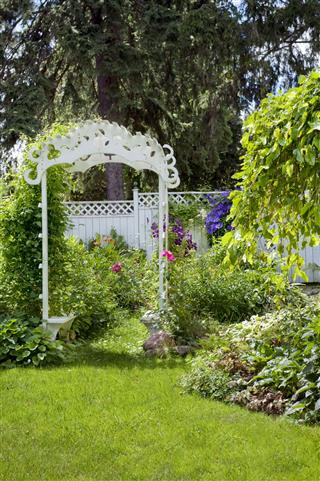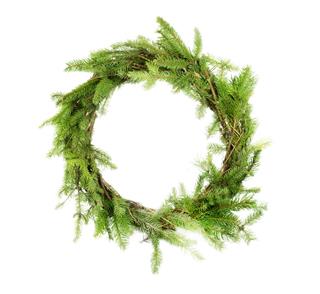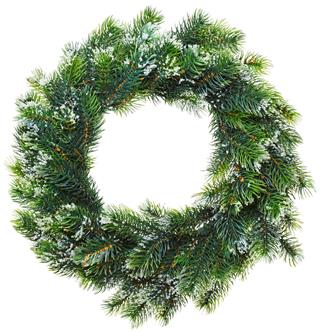
Found all throughout the northern temperate region, there are a number of spruce trees varieties that are popular for their utility in landscaping.
Spruce trees are evergreen coniferous flora that belong to the family Pinaceae and the genus Picea, and also includes 35 species. These trees are spread over the northern temperate and the taiga regions of the planet. The leaves are narrow and needle shaped, and remain green throughout the year. They are arranged spirally on the twig, and are attached to it on peg-like structures, each known as a pulvinus. They are popularly used for landscaping, and are also a preferred choice for selecting one as a Christmas tree.
Types
Black Spruce
This is a slow growing variety of average height. It grows about 35 feet tall and measures 10 feet in spread. Scientifically known as Picea mariana, it has a narrow growth habit. They can be found in poor growth conditions, and in cold and poorly drained areas like swamps. These flora get their name from the short and stiff bluish green leaves or needles, which are either arranged in all directions along the twig, or they mostly point upwards. Such plants have a straight trunk with a little tapered shape. They also have a narrow pointed crown, which is made up of short branches with upturned tips.
Colorado Blue Spruce
They grow up to a height of 90 to 135 feet, with a branch spread as wide as 20 to 39 feet. Although, it is more drought resistant than other types of spruce trees, a moist rich soil is very important for its growth. However, in hot and dry weather, young plants of this variety need to be watered daily. These trees require proper sunlight, and are prone to attacks of the Spruce gall aphid, spider mite, and spruce budworm. This variety should be pruned during early spring. Due to their massive size, these trees can be used as windbreak, screen, or fence. They are one of the slowest growing types of spruce trees. The scientific name is Picea pungens var. glauca.
Colorado Spruce
A cousin of the previous described variety, the Colorado spruce or Picea pungens grows up to 60 feet tall. It is a medium-sized plant, and it attains a spread of 20 feet when mature. It has thin and stout needle-like leaves that vary from dull gray-green to bright glaucous blue in color. A big drawback of the tree is its susceptibility to canker disease, which disfigures it while it is still young. If it escapes the canker diseases, then it becomes another attention catcher that grows in a hedge form.
Norway Spruce
Norway Spruce or Picea abies is one of the fastest growing varieties of spruce trees. It usually grows 40 to 60 feet tall measuring up to 25 to 30 feet in its branch spread. It has dark green, short needle like leaves. These trees require partial shade to full sun and are found growing in moist, wet and dry soil types as well. They are mainly used as windbreak, screen or border. However, this plant is prone to a number of pests like spruce gall aphid, borers and budworms.
Serbian Spruce
Picea omorika is another elegant variety, which has a narrow pyramidal shape. It grows up to 55 feet tall with its gracefully arching branches, providing the tree with a width of 20 feet on maturity. It requires proper sunlight, and prefers moist and well-drained soil. The needles are dark green in color on the dorsal side, as compared to the white ventral surface. Due to its moderate size and typical shape, it is a popular choice for landscaping small areas.
Sitka Spruce
Picea sitchensis is the largest among all the spruce types. These flora commonly grow as tall as 125 to 180 feet in height. They bear light green to bluish-green stiff and sharp needles that have four sides. These needles are spirally arranged along the twigs. These trees require low maintenance, partial sunlight, shade, and moist and well-drained soil. This species is valued for its timber and paper production.
White Spruce
Botanists call this tree as Picea glauca. It is a medium-sized evergreen plant category that includes a large variety of trees like Alberta White spruce, Black Hills spruce, Canadian spruce, Skunk spruce, Cat spruce, and Western White spruce. All of these species usually grow up to 50 feet, and have a spread of about 20 feet. In younger trees, the crown is conical in shape that becomes cylindrical as the tree matures. The needles are 12-22 mm. in length, and rhomboid in cross section. These trees are a good option to be used as hedges or borders.
